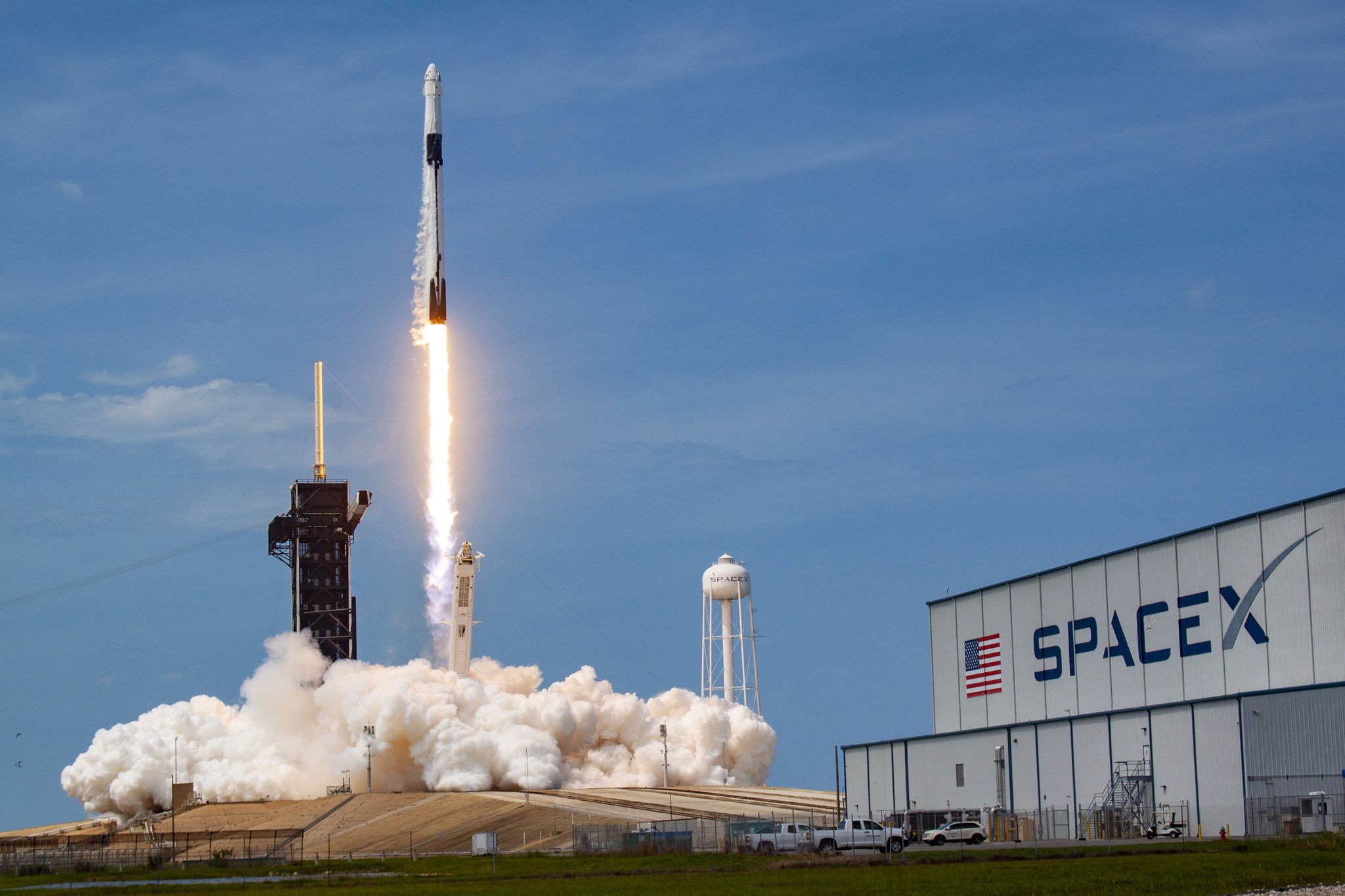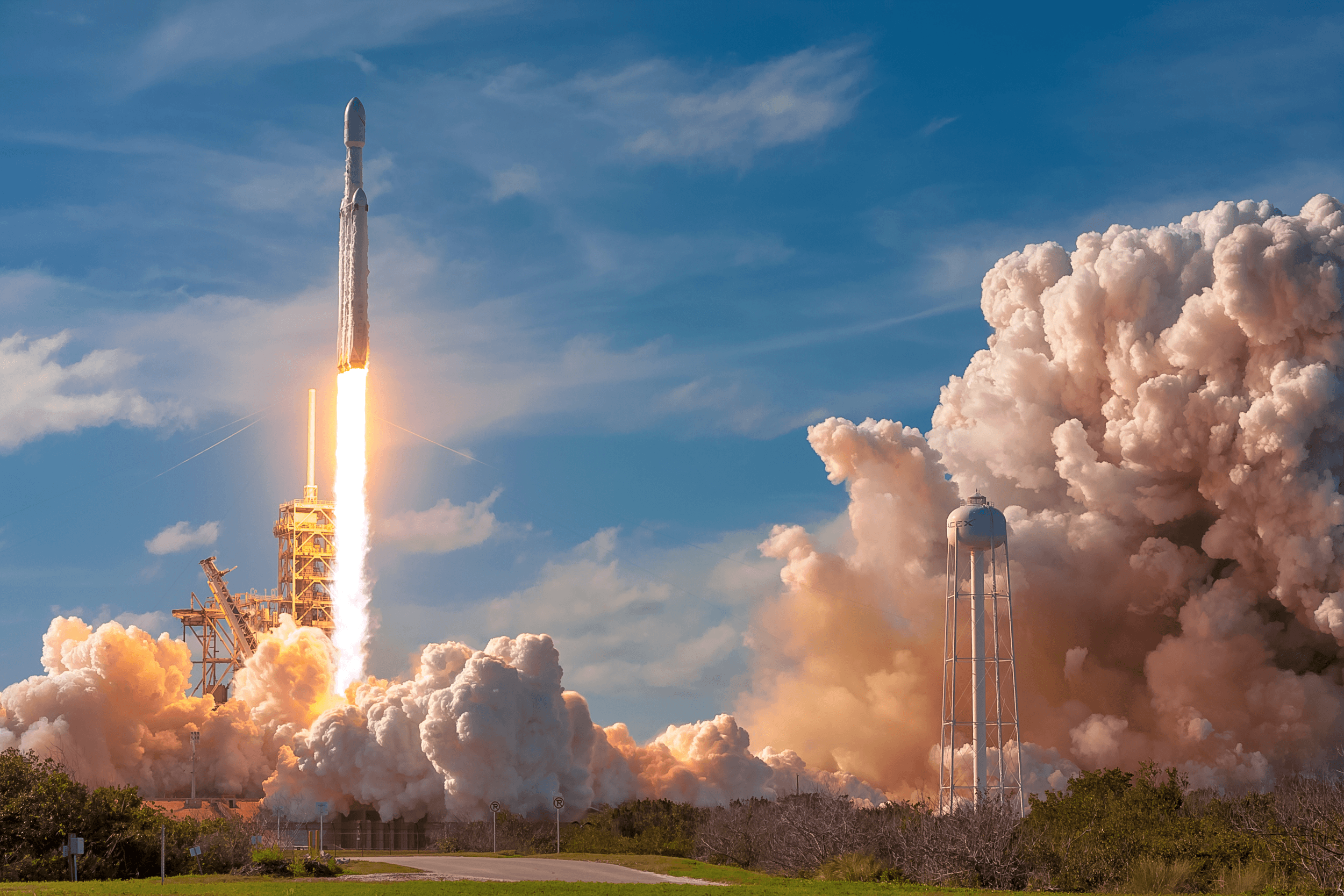SpaceX Launch on May 31

Spacex launch may 31 – Get ready to witness another awe-inspiring spectacle as SpaceX gears up for its upcoming launch on May 31st. This highly anticipated mission will see the launch of a Falcon 9 rocket carrying a payload of Starlink satellites into orbit.
The launch is scheduled to take place from Space Launch Complex 40 (SLC-40) at Cape Canaveral Space Force Station in Florida. The Falcon 9 rocket, renowned for its reusability, will propel the Starlink satellites into low Earth orbit, where they will join the existing constellation of satellites providing high-speed internet connectivity to remote and underserved areas.
Payload and Mission Objectives
The primary payload for this mission consists of a batch of Starlink satellites, designed to expand SpaceX’s global broadband network. These satellites will enhance the company’s ability to provide low-latency, high-speed internet services to customers around the world, particularly in regions with limited or unreliable internet access.
Technical Analysis of the Launch

The SpaceX launch on May 31 showcased significant technical advancements and innovations. The Falcon 9 rocket, renowned for its reusability, utilized a Merlin engine system, renowned for its efficiency and reliability. This launch also marked the deployment of Starlink satellites, a constellation designed to provide global broadband internet access.
Rocket Design and Propulsion Systems
The Falcon 9 rocket employed a two-stage design. The first stage, powered by nine Merlin engines, provided the initial thrust to lift the rocket off the launchpad. Once the first stage reached its maximum altitude, it separated from the second stage, which was then powered by a single Merlin engine to complete the ascent to orbit.
The Merlin engines utilized a staged combustion cycle, enhancing their efficiency and reducing fuel consumption. The engines operated at a high chamber pressure, resulting in increased thrust and specific impulse, crucial for achieving orbital velocity.
Payload Capabilities
The payload of the SpaceX launch consisted of 53 Starlink satellites. Each satellite weighed approximately 260 kilograms and was equipped with advanced communication systems, including phased array antennas and laser inter-satellite links. The deployment of these satellites marked a significant step towards providing high-speed internet access to remote and underserved areas globally.
Challenges and Risks, Spacex launch may 31
Despite the advancements showcased, the launch also presented several challenges and risks. The complex nature of the mission, involving multiple stage separations and satellite deployments, required precise execution and coordination. Additionally, the launch occurred during a period of high solar activity, posing potential risks to the satellites due to increased radiation levels.
To mitigate these risks, SpaceX implemented rigorous safety protocols and contingency plans. The launch team conducted extensive simulations and testing to ensure the reliability of the rocket and payload. Moreover, the satellites were equipped with radiation shielding and autonomous navigation systems to minimize the impact of solar activity.
Technological Advancements
The SpaceX launch on May 31 demonstrated several technological advancements. The reusable Falcon 9 rocket reduced launch costs and enabled the rapid deployment of satellites. The Starlink constellation, once fully operational, will provide a global internet infrastructure, bridging the digital divide and expanding connectivity to remote regions.
Additionally, the launch showcased the company’s progress in developing advanced propulsion systems, including the Raptor engine, which will power future missions to Mars and beyond. SpaceX’s commitment to innovation and technological advancements continues to push the boundaries of space exploration and satellite technology.
Impact and Implications of the Launch: Spacex Launch May 31

The successful SpaceX launch on May 31 marks a significant milestone in space exploration and has far-reaching implications for the space industry and beyond. The launch showcases SpaceX’s technological advancements and highlights the growing role of private companies in space exploration.
Advancements in Space Exploration
The SpaceX launch demonstrates the company’s capabilities in developing reusable rockets and spacecraft, which significantly reduces the cost of space exploration. This opens up new possibilities for scientific research, satellite deployment, and human missions to space.
Satellite Deployment
The launch also plays a crucial role in satellite deployment, providing reliable and cost-effective access to space for commercial and government entities. The launch of Starlink satellites aims to provide global internet coverage, bridging the digital divide and expanding connectivity.
Commercial Space Travel
SpaceX’s success in crewed missions paves the way for commercial space travel, enabling private companies to offer space tourism and orbital research facilities. This will not only open up new avenues for scientific research but also create opportunities for space-based businesses.
Growing Role of Private Companies
The SpaceX launch highlights the increasing role of private companies in space exploration. SpaceX’s success demonstrates the potential for private sector innovation and investment to drive advancements in space technology and exploration.